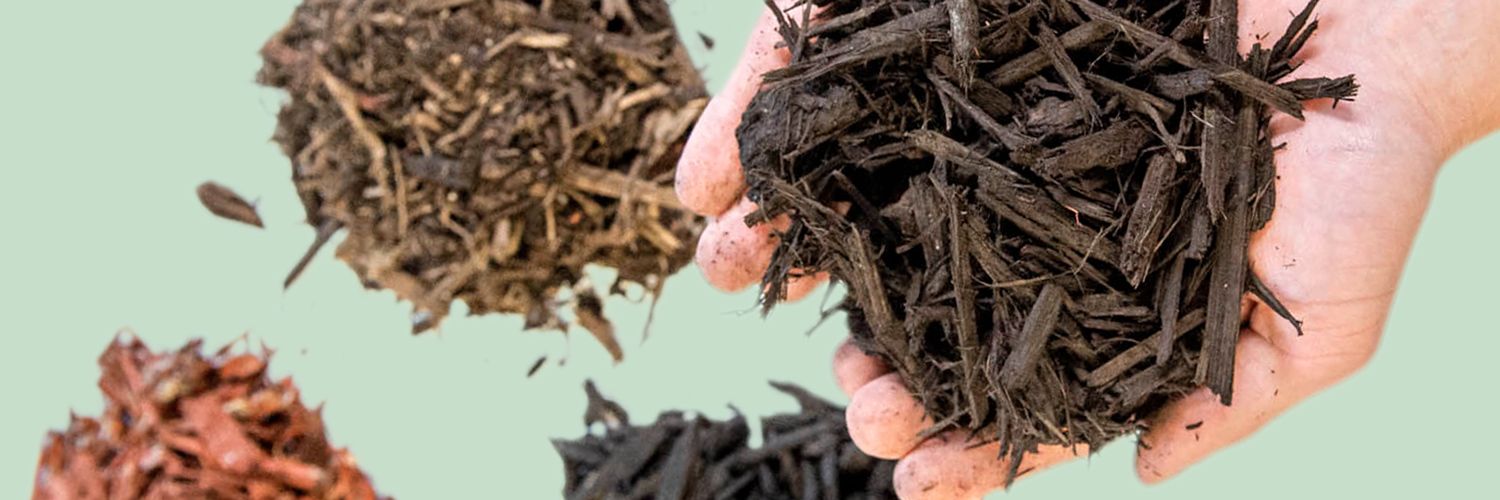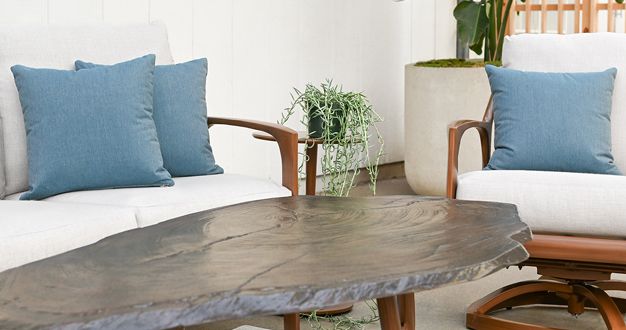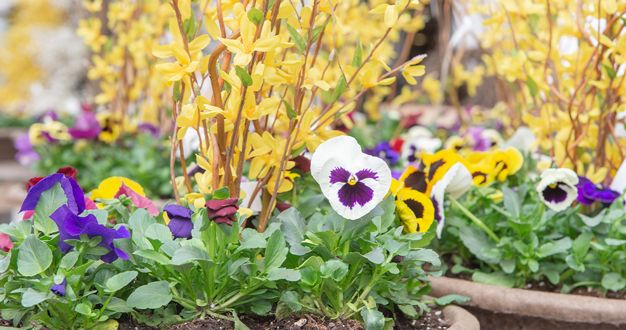
Spring is here, and if you’re like us, you’re ready to get outside and enjoy your beautiful landscape again. One of the best projects to kick off the season is applying that fresh layer of mulch – a clean new start for your landscape. Here, we share some tips to refresh your beds, and we explain the benefits of mulch in the landscape.

Why Mulch is a Good Thing
Nothing gives the landscape a better start to the season than that fresh layer of mulch. Not only does it create a clean new look, it also makes for a healthier, lower-maintenance landscape. Some benefits of mulch are well-known – like suppressing weeds and conserving moisture. But did you know mulch helps protect plants from disease? It does – by preventing microbes from splashing up from the soil. And many mulches – like the popular hardwood mulches – keep soil cooler in the summer and protect against extreme temperature fluctuations throughout the year. Mulch also reduces unhealthy soil compaction by diverting foot traffic away from the plants.
Before You Mulch
To really give your landscape beds a good start to the season, there are a few things we recommend that you start with. Edging along the borders of your beds will do wonders to create a cleaner, more inviting landscape. To build a healthier soil for your plants, you might also consider adding a layer of compost before you add your mulch. And you don’t even have to till it in – the worms in your soil can do that work for you. Go ahead and trim back any old growth from your perennials. And if you haven’t done so already, this is the time to add a pre-emergent to keep weeds at bay.
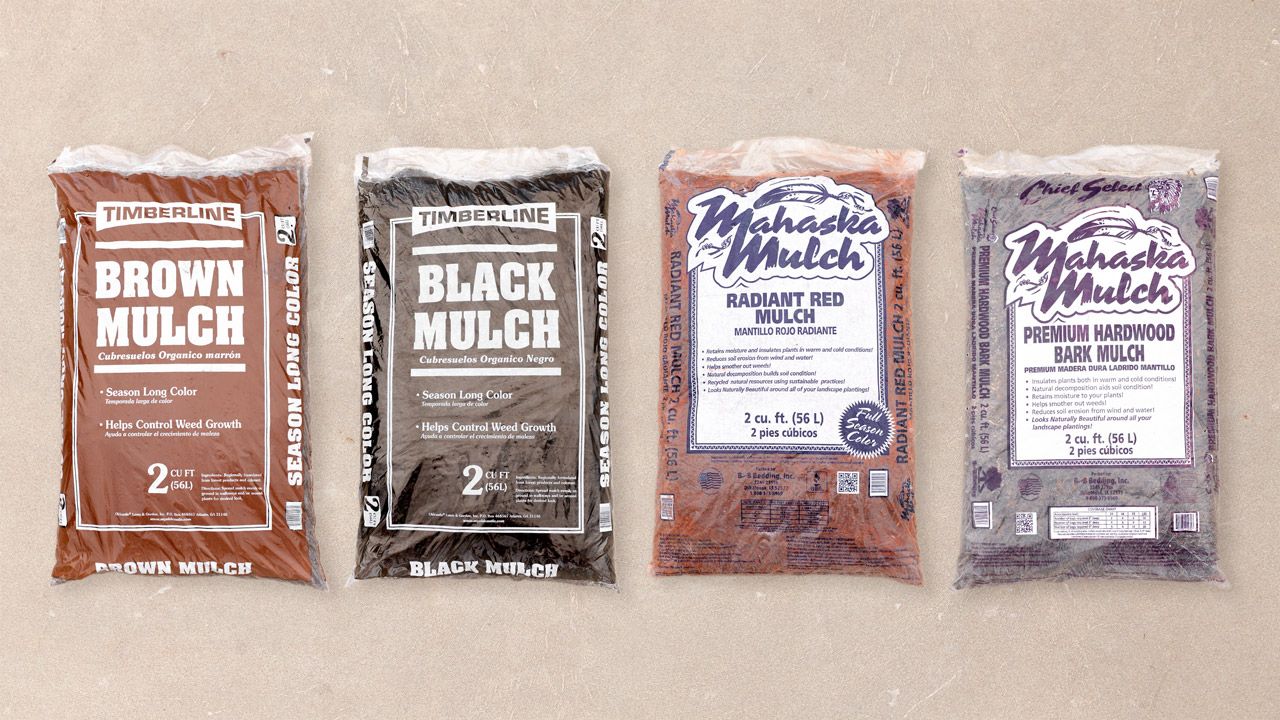
Choosing the Right Mulch
For better plant health, we recommend using an organic mulch – like hardwood, cedar, or cypress – rather than inorganic options – like plastic, landscape fabric, or rock. In your vegetable garden, you might also use straw, grass clippings, or shredded leaves. Sarah Browning from Nebraska Extension says wood mulches are an especially good choice for landscapes because they’re attractive and they resist compacting into a dense layer like grass clippings might. That’s important for allowing water and air to get to the soil – essential components for good plant health.
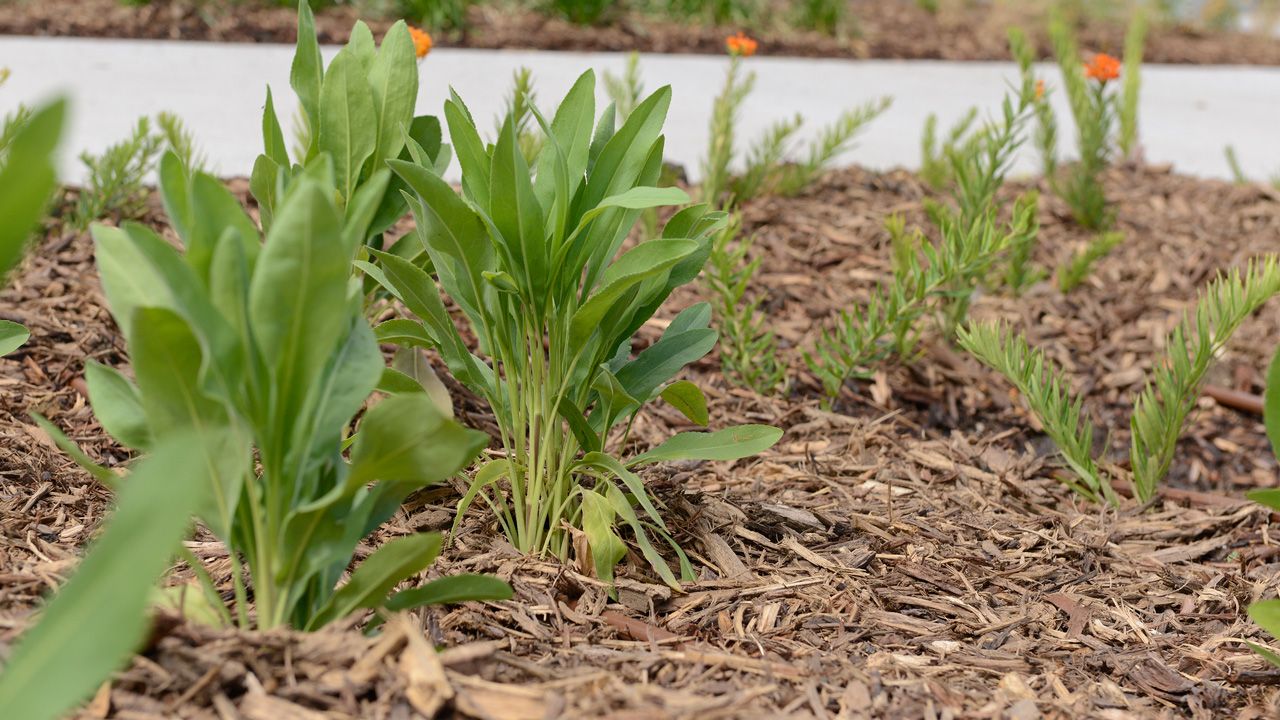
Tips for Applying Your Mulch
We recommend applying a layer of mulch two to three inches deep, but no more than that. At greater depths, mulch can inhibit water and air from getting to the soil. Deep organic mulches can also encourage woody plants to root into the mulch layer, where they can become exposed to damage. You’ll also want to keep the mulch at least an inch or two away from the stems of your plants. Giving the stems a little breathing room allows good air circulation around the plant, prevents disease, and discourages damaging rodents and insects from visiting the plants.
Let’s Get Started
Get outside, enjoy the fresh air, and give your landscape a new start for the season. If you have any questions about getting started, just give us a call or stop by to talk with our team – we’re happy to help.

